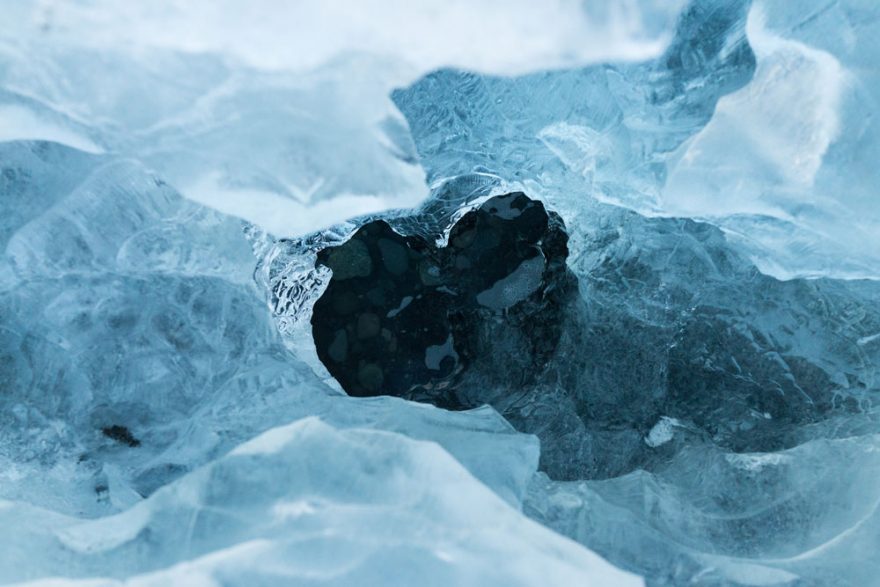
As we quickly approach winter and cold, sometimes freezing, conditions, we begin to encounter all of the winter related incidents. For many, it’s a simple slip over on the ice or the lingering cold.
As beautiful as winter can be, it can also be full of potential hazards and even deathly situations, if you’re not careful. One common incident we see most winters is something falling through the ice, whether it’s a freak accident or foolish behaviour.
The beauty of snow and ice make children and adults alike want to explore their surrounding and grow ever more curious of the outdoors. With freezing temperatures, lakes and ponds have a tendency to freeze over, which can make them hard to spot. Others choose to take a chance and play on the frozen lakes. However, unless it’s thick enough, it’s not going to hold your weight.
If you do fall through to the water, you will begin to hyperventilate and your body can go into shock because of the freezing conditions.
Prepare for Cold
If you feel yourself begin to crack through the ice, you should begin to brace yourself for extremely cold water. Your body will have a natural instinct to gasp for air, which is one sure way to hyperventilate.
The initial shock of entering cold water will disappear if you manage to keep yourself calm, however you are not yet out of danger.
Keep Calm and Look Around

You should attempt to remain calm, as this will help you to conserve energy. Next, you want to look at your surroundings and determine where your next move is going to come from. You should look for the thickest ice you can see, and head that way. This is normally where you fell in.
If you are underwater, you should look for a darker patch on the surface, which will be the hole you fell in. If the ice above you isn’t covered in snow, though, the hole will appear a lighter color.
Climbing Up
Again, while staying calm, you should stretch your arms over the surface of the ice and kick your legs until you’re lying flat (horizontal) on the water. At this point, you should be able to more easily pull yourself out, while kicking harder to help you. You’ll want to roll away from the water and crawl to safety.
Surviving
Once you are out of the water, try to retrace your steps back to safety. You should attempt to alert someone of the difficulty you are facing so that they can get you medical assistance, as you’ll likely need to be treated for potential hypothermia.
You should also take off your wet clothes, as they will only help to keep you colder. Move to an area which is sheltered from the wind, though, before taking your clothing off.
Warm Up

The most obvious next step is to do what you can to warm up. Hopefully you will be with someone who can provide you with assistance, like spare clothes or the emergency services if you need them.
Try to drink a warm drink, get a hot water bottle and sit by the fire. Keep an eye out for lingering signs of hypothermia, like numbness, dizziness or confusion.
 Your Privacy Choices
Your Privacy Choices